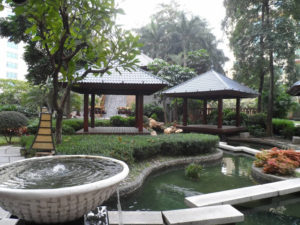Is Black History Month still Relevant
 Is there still a need for Black History Month or has it served it’s time?
Is there still a need for Black History Month or has it served it’s time?
Looking at the school calendar I realized that the Chinese New Year overshadows Black History Month. CNY is more than a month away and schools have already started decorating lanterns, preparing for the parade, and reading about the symbolism found in CNY. I didn’t even know that CNY consists of rituals and customs that begin a month before and continues for 15 days after. Nor did I realize the number of symbols, rituals, foods, greetings, family interactions and household preparations were a part of this holiday.
February is not an easy month for PAASSC. Black History Month is the most widely publicized and easily recognized celebration of African American culture. BHM barely gets a nod in most Chinese settings because February is so entrenched with preparations for the Chinese New Year. CNY is the most significant and widely celebrated Chinese cultural event world wide. San Francisco hosts the largest and oldest Chinese New Year Parade and it represents the largest Asian cultural event in North America. I anticipated that Oakland – home of the Black Panther Party – would surely host the largest array of Black History events and activities but found that not to be the case.
I stumbled across an article Why We Should Recognize Black History Month and read about the documentary More than a Month and became excited again. We do have to think about this and how we will carry the torch. What does BHM mean to me and how will I relay that meaning to my child.
The celebration of BHM has always been one that was orchestrated by parents – our elders. But with Obama in the White House, Oprah in your living room, and the flood of Black images (positive and negative) that we receive all the time do Black parents continue to see the need to advocate for BHM? And if parents are not leading the charge who will? How does BHM remain relevant?
Please post how your school celebrates Black History Month and/or what rituals and traditions you have included in your home to make Black History Month significant and culturally relevant for your child.








